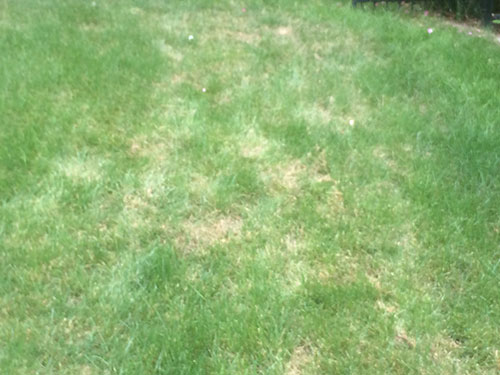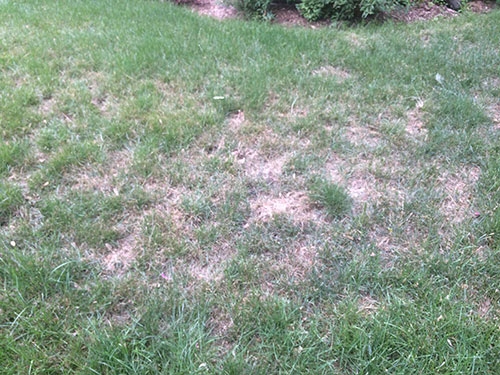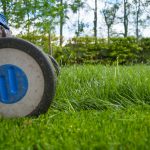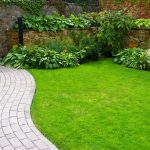How to Keep Your Lawn Safe from White Grubs and Chinch Bugs
 To most Quebecers, June and July are the best months of the year. June and July are the months when you get to enjoy sunny, warm days by the pool and long, lazy evenings on your backyard patio. But while you are busy indulging in your tasty Sunday afternoon barbecues, lawn pests might be working hard at eating away your lawn without your knowledge.
To most Quebecers, June and July are the best months of the year. June and July are the months when you get to enjoy sunny, warm days by the pool and long, lazy evenings on your backyard patio. But while you are busy indulging in your tasty Sunday afternoon barbecues, lawn pests might be working hard at eating away your lawn without your knowledge.
In our great province, White Grubs and Chinch Bugs are the lawn pests that are the most devastating and difficult to exterminate. This is generally since, in most cases, homeowners only realize that they have turf pests once the lawn has been considerably infested and evident damage has been done.
June is a crucial month in the development of potential turf pests in your lawn. June (and early July) is when adult chinch bugs, chafers and beetles lay their eggs in grass.
The Effects of Chinch Bugs and White Grubs on Your Lawn
Chinch bug nymphs mostly live in the thatch layer of your turf and feed by piercing through grass-blades and sucking the sap right out of the plant; this process causing the plant to turn brown and possibly die. The damage usually begins to appear in July and in August, when droughts often occur. Since the appearance of the damage caused chinch bugs is similar to the effects of droughts, chinch bug infestations can often go unnoticed. Homeowners usually think that the scattered dried patches of dead grass are caused by a natural summer drought.
White grubs are the larvae hatched from chafer and beetle eggs. White grubs like to feed on grass roots; and will do so for the rest of the summer and well into the fall. They hibernate underground during the winter, and only become mature the following spring, when they will mate and start the whole process again. Initial damage caused by grubs resembles the damage caused by chinch bugs or summer droughts: yellow, dried patches of grass. However, as the infestation worsens, the grass will eventually no longer have roots attaching it to the soil and will therefore easily lift away from the ground. Further lawn damage in also caused by small animals such as raccoons, birds and skunks digging into your lawn to feast on white grubs. Noticing wild life digging away in your lawn should be an immediate warning sign that something is happening to your turf.

So How Do You Keep Your Lawn Safe from Pests?
Once they have set foot on your property, chinch bugs and white grubs are difficult to detect and are extremely destructive for your lawn. Although effective control treatments are available to get rid of chinch bugs and white grubs from your property, prevention is the key measure to take to limit the spreading of these tiny lawn destroyers.
Maintaining a healthy, diversified, and vigorous lawn is the best way to prevent chinch bug and white grub infestations. A strong lawn will better resist and protect itself from potential pest infestations. Here are some steps you can take to ensure your lawn stays healthy and strong:
- Mow your lawn at a height of about 7cm
- Water your grass deeply and only when necessary
- Aerate compact soil
- Overseed at least once per year
- Fertilize your soil
Adopting good lawn maintenance practices will not only prevent the spreading of lawn pests and weeds, but it will also help you obtain a lush, beautiful lawn throughout the season. At Enviro Masters Laval, we can help with every step on the path to a rigorous, healthy lawn. Discover our lawn treatment programs, suitable for all soil types.





